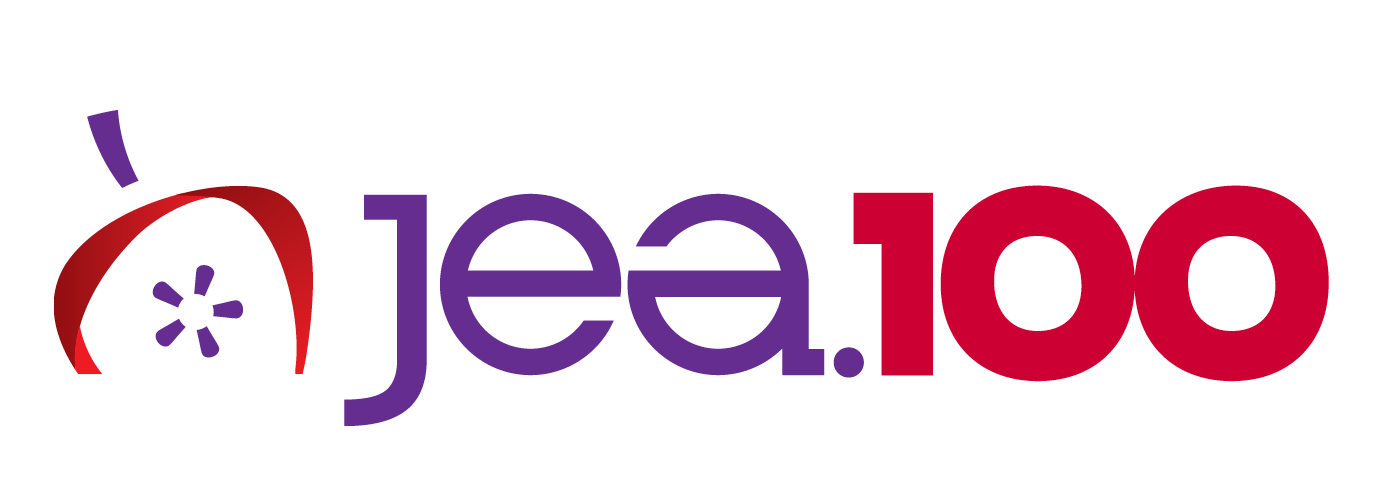Commitment to diversity is ongoing work

by Louisa Avery, MJE
Participating in the pilot group for JEA’s Newsroom Diversity Survey prompted reflection about whether the diversity statement my staff published last spring has been effective in guiding our goal of increasing the diversity in our publication.
The process of writing our diversity statement spanned two years. In May 2020, our school released a new commitment to diversity statement. This sparked the idea that our publication should also have one. Last year’s editor in chief was committed to making this happen, and so he approached it as they do editorials.
First, the editorial board brainstormed as a class what main ideas the statement should include, and then they started a Google Doc and wrote those ideas down as an outline.

Then managing editors assigned each section team to one section of the draft to develop. Click through the slides below to view four sections.
When that was done, the managing team worked together to take the ideas and turn them into a coherent draft. This was done a little at a time over several months before they presented it to the editorial board for their feedback, which prompted the first round of revisions.
During the second round of revisions, editors started adding their initials to indicate that they were in support of the statement.
After a final round of edits, all the editors added their initials and the statement was ready to publish.
By this time, we’d selected our editors for the upcoming school year already, so they waited to publish the statement until the new members of the editorial board had a chance to read it. Finally, the editors published it on our website and sent out an email to the school community to make them aware.

These values were always important to our staff, but putting them in writing and making them public made them seem even more important. Unfortunately, we didn’t do much between then and now to see whether our commitment was working. In fact, when completing the first round of the diversity audit, most of the students new to the staff this year weren’t aware the statement exists.
So, now I encourage the staff to write a statement for themselves but also to regularly check in on how they’re doing. They decide how they will make new staff members aware of their commitment and why it is important. Then, they set a goal for each month, quarter, or semester and add it to their calendars so they remember to check in on progress.
Since I get some new students each semester, here is the plan I came up with for the rest of this school year:
January: At our first all staff lunch, have staff members read the diversity statement. Share the reasoning behind it and importance. Focus on diversifying sources. In class, editors identify sources that were used three or more times during semester one, create a list, and share it with all staff via email so they know not to interview those sources anymore unless necessary. We call this our rainbow list.
February: As part of mid-quarter reflections (completed in class in about 15 minutes), have each student set a goal for how they can improve their own work related to the diversity statement.
March: As part of end of quarter reflections (completed in one class period), have each student reflect on whether they met their goal.
April: In a lunch meeting, have the new editorial board set a staff goal related to the statement for the first semester.
May: At the final all staff lunch, share the goal with staff and brainstorm steps they will take in the fall to work toward that goal.
Additional Content:
For those interested, here are screenshots of our process, including each round of revision:
Louisa Avery, MJE, advises The Standard at the American School in London and serves as a JEA Mentor and is a member of the Scholastic Journalism Week committee.
Founded in 1924, JEA supports free and responsible scholastic journalism by providing resources and educational opportunities, promoting professionalism, encouraging and rewarding student excellence and teacher achievement, and an atmosphere which encompasses diversity yet builds unity. It is headquartered at Kansas State University, Manhattan, Kansas.
